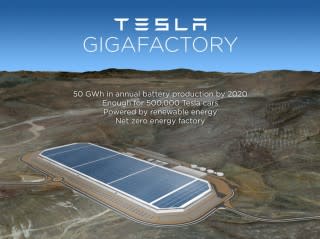 As reported by The Guardian: A SpaceX Dragon capsule left the International Space Station on Thursday for return to Earth.
As reported by The Guardian: A SpaceX Dragon capsule left the International Space Station on Thursday for return to Earth.NASA astronaut Scott Kelly, who's spending almost a year on the space station, used the outpost's robotic arm to unhook the gumdrop-shaped spacecraft from its port on the station's Harmony module and release it for the homeward journey.
 The capsule, containing more than 3,000lb (1,360kg) of experiments and equipment, aimed for an early afternoon splashdown in the Pacific, off the southern California coast.
The capsule, containing more than 3,000lb (1,360kg) of experiments and equipment, aimed for an early afternoon splashdown in the Pacific, off the southern California coast.
The capsule arrived at the orbiting lab last month, bearing much-needed groceries and other goods for the six station residents.
The California-based SpaceX company is Nasa’s only means of getting supplies to the 260-mile-high station, ever since last year’s loss of an Orbital Sciences Corp craft in a Virginia launch explosion.
More recently, a Russian supply ship went into an uncontrollable spin after liftoff and was destroyed upon re-entry earlier this month, its entire contents undelivered.
SpaceX will attempt to launch another shipment on 26 June from Cape Canaveral, Florida.
This was the sixth of 15 scheduled cargo resupply missions that California-based SpaceX is taking on under the terms of a NASA contract. SpaceX launched the Dragon with more than 4,300 pounds of cargo on a Falcon 9 rocket on April 14, making for a 37-day stay at the space station. One of the items on board was the first zero-G espresso machine to go into outer space.





















